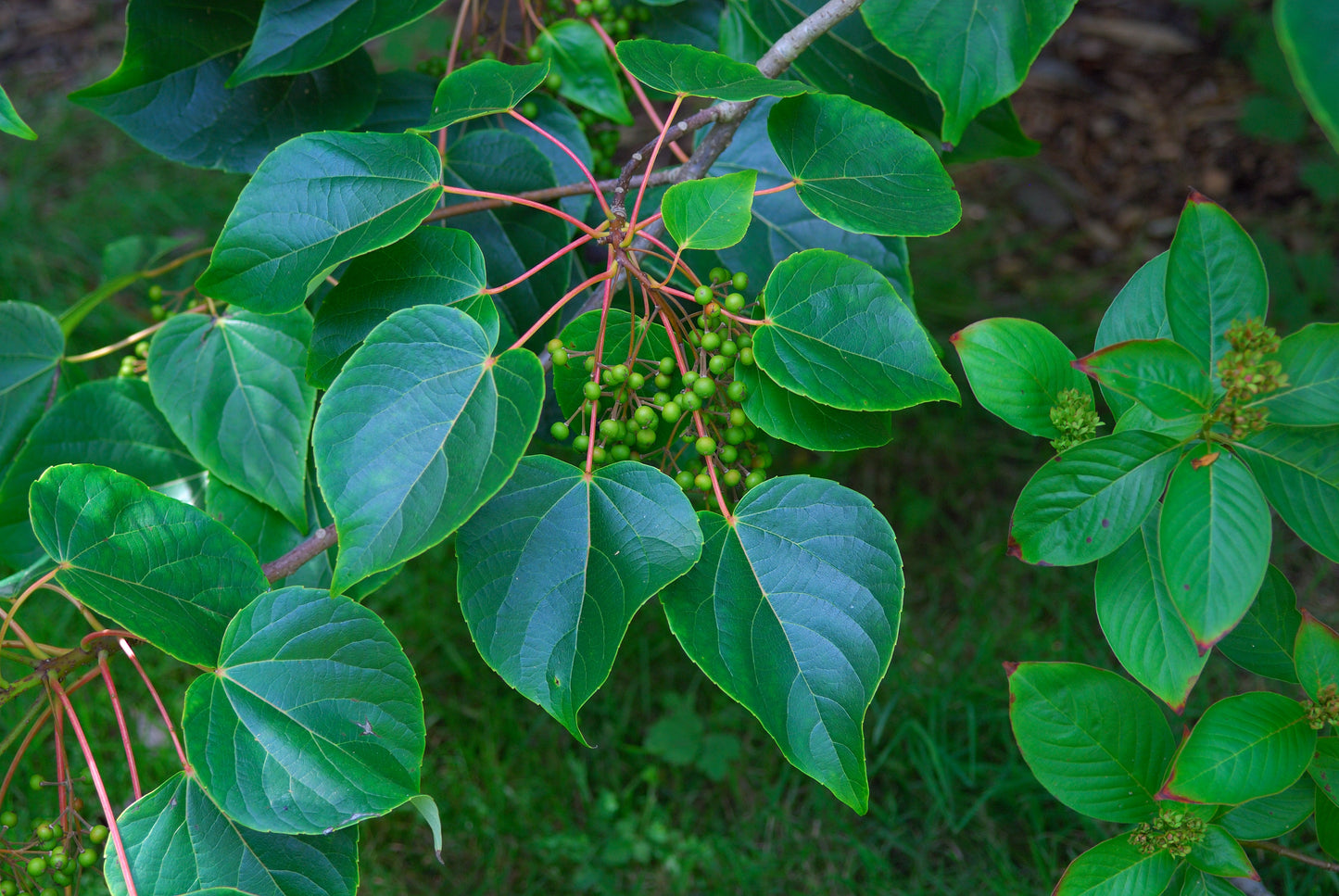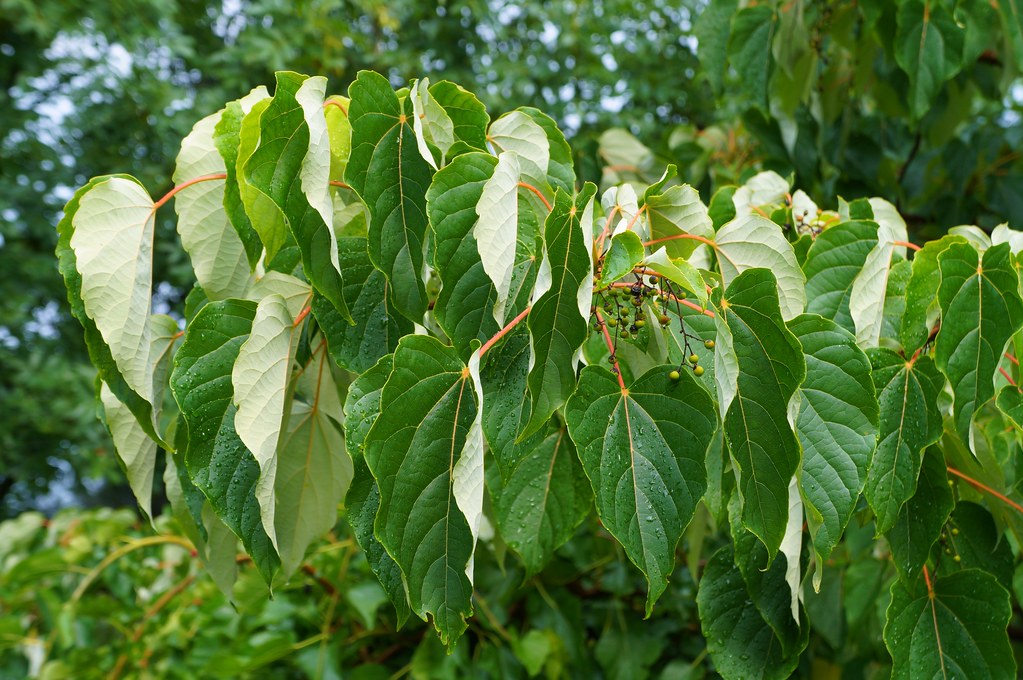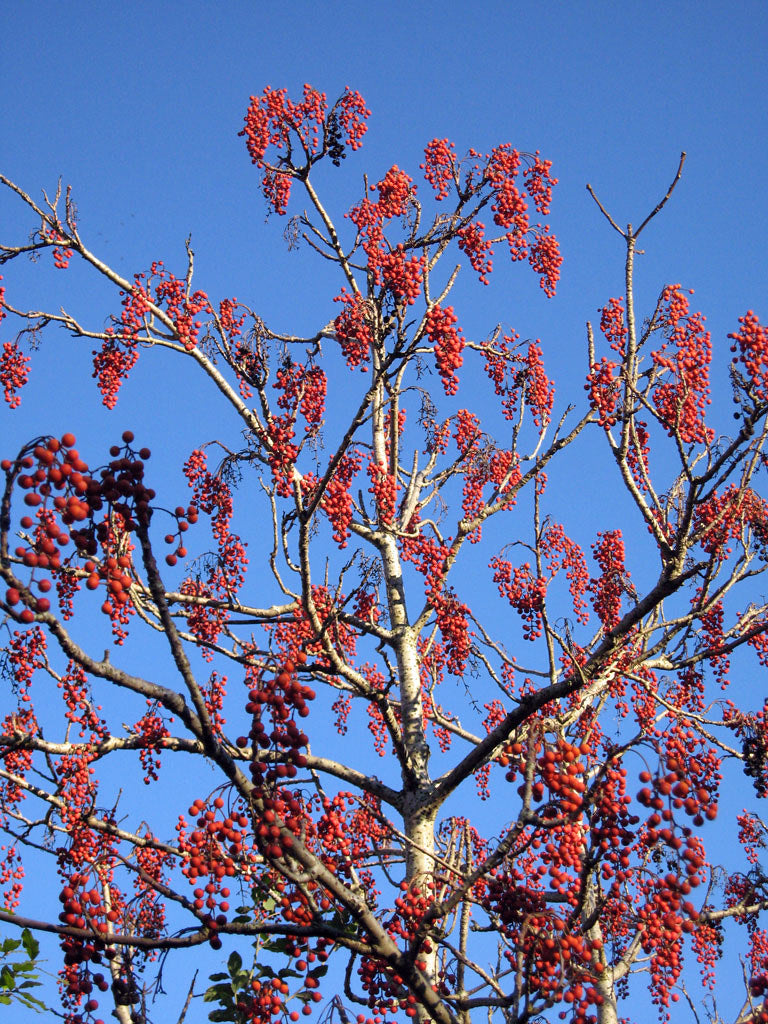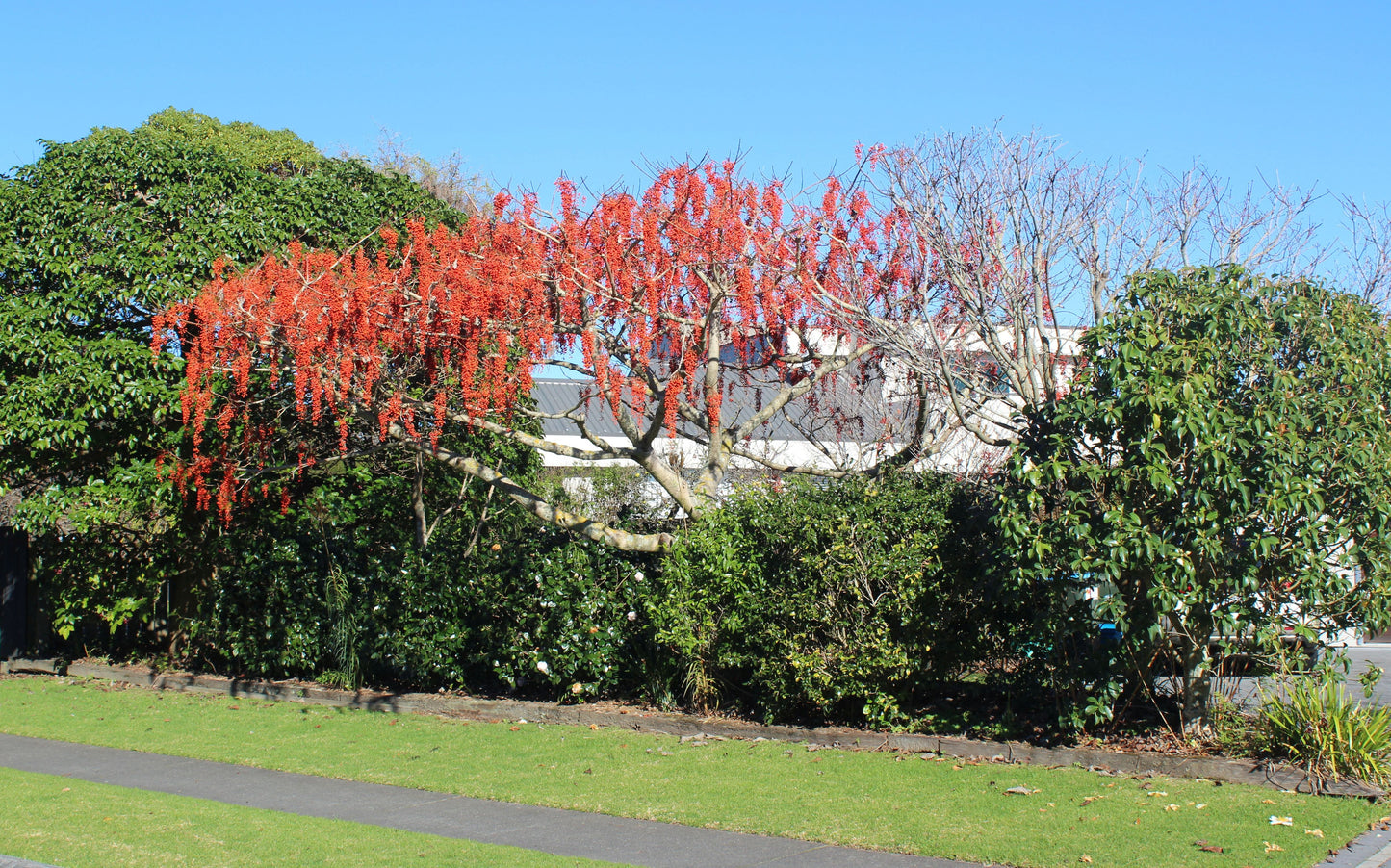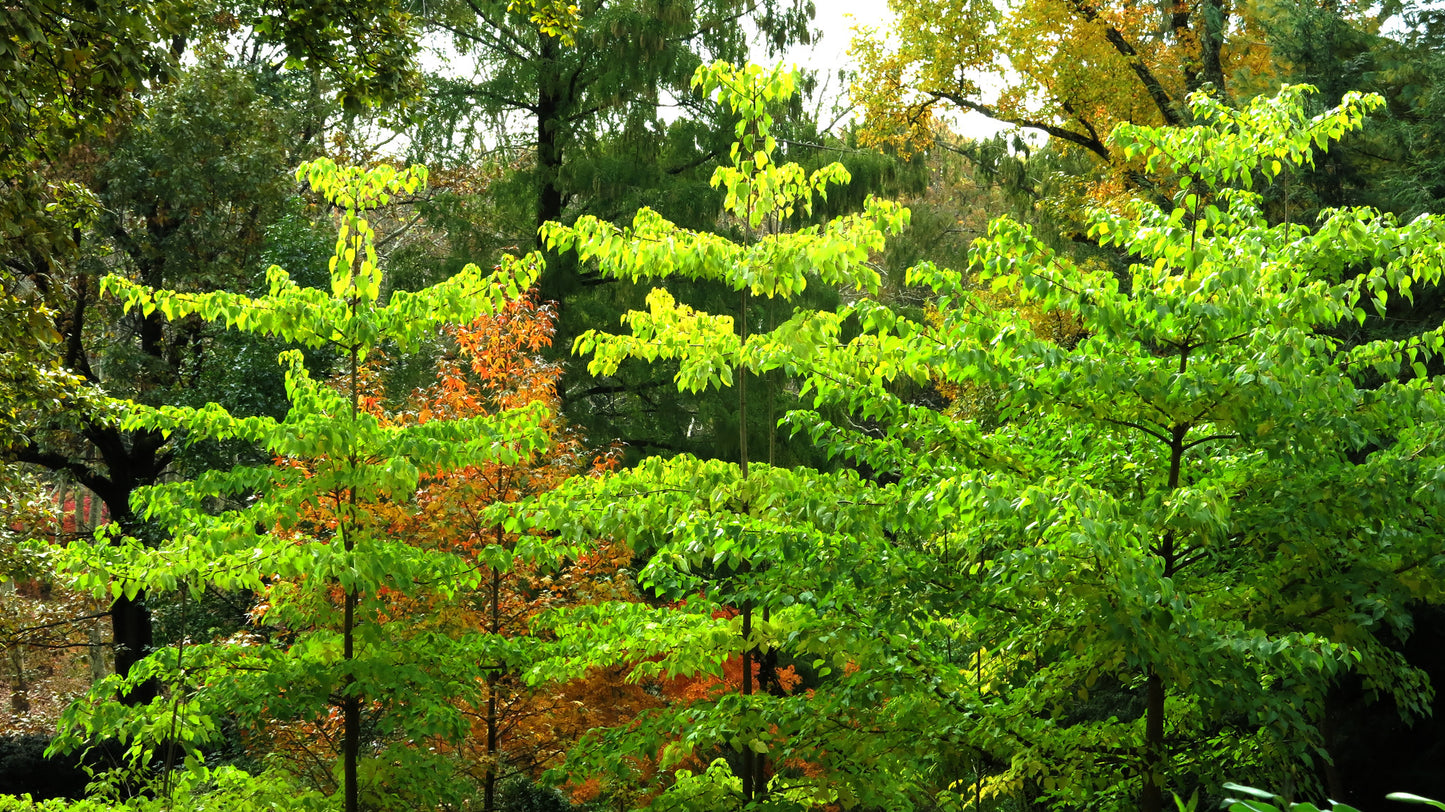Floridaseeds
Wonder Tree Igiri Tree Idesia Polycarpa 500 Seeds
Wonder Tree Igiri Tree Idesia Polycarpa 500 Seeds
Couldn't load pickup availability
Idesia polycarpa, commonly known as the wonder tree or the Japanese wonder tree, is a deciduous tree native to eastern Asia, particularly Japan, China, and Korea. It belongs to the family Salicaceae. This fast-growing tree is known for its ornamental value, adaptability, and various uses.
The wonder tree typically grows to be a medium-sized tree, reaching heights of about 30 to 60 feet (9 to 18 meters) tall at maturity. It has large, attractive, heart-shaped leaves that are deeply veined and serrated along the edges. The leaves turn vibrant shades of yellow, orange, or red in the autumn, adding to its ornamental appeal.
In late spring to early summer, the wonder tree produces small, greenish-yellow flowers that are borne in clusters. These flowers are followed by small, spherical fruits that ripen to a reddish color in late summer to early autumn. The fruits are not typically consumed by humans but are attractive to birds.
Idesia polycarpa is cultivated as an ornamental tree in gardens and parks for its attractive foliage, colorful fruits, and fast growth rate. It is also valued for its ability to tolerate a wide range of soil types and environmental conditions, including urban pollution. Additionally, the wood of the wonder tree is used in woodworking for making furniture and other products. Hardy in zones 5-9.
Growing Instructions
- Soak the seed in water for several hours.
- The seeds like moist, well-drained soil. Prepare a mixture of half potting soil and half sand, perlite or vermiculite. Put the soil in a pot. Water the mixture so that it is moist but not wet.
- Put the seeds on the soil.
- Cover the seeds with a thin layer of soil.
- Water the seeds.
- Place the pots in an area with warm temperatures in full sun or part shade.
- When the seedlings are a few inches tall, they can be transplanted.








